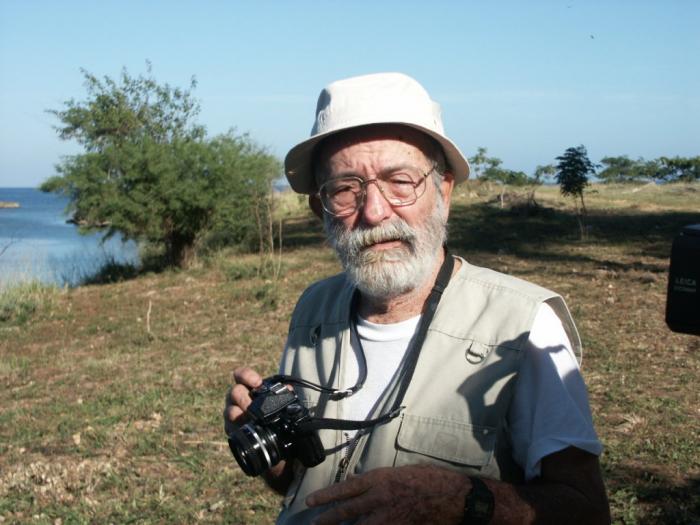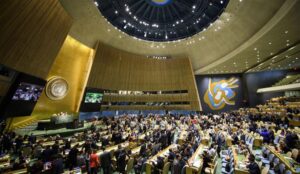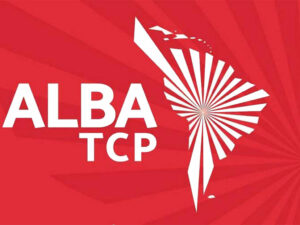One hundred years after his birth, this master of the snapshot remains an inspiration
«At that time, other battles were beginning; but since then, becoming has roots, coherence, identity. The blood has been accepted, the sun of the living and the dead shines demanding at the centre of everything. «And everything that seemed impossible, became possible».
Thus Cintio Vitier painted in words, in that immeasurable text which is That Sun of the Moral World, the crucial moment when the Cuban Revolution was born. Jesús Orta Ruiz, in a memorable poem, said: «All that matters is Cuba, all that matters is the dream / of changing its fate! / Oh, new soldier who does not wrinkle his brow, / nor comes astonished at the way death is treated; and Retamar asked himself, in shuddering verses, after the conquered freedom: We, the survivors, / To whom do we owe our survival? There was no one among those possessed by a feeling of nobility and gratitude who failed to give him a verse, a beautiful phrase, an intimate or express homage, nor did they fail to give the fallen a flower on the altar.
A new era was born in Cuba and it had to be eternalised. Among the great photographers who captured the Revolution, that is, its crucial moments, the faces of its main makers and the sea of people who built it under their leadership, is Raúl Corrales Fornos, illustrious son of Cojímar and the first artist to receive the National Plastic Arts Award. This master of Cuban photography was born in Ciego de Avila, one hundred years ago today.
In 1959, Corrales was head of photography at the advertising agency Cuba Sono Films. According to his daughter Norma Corrales, in an interview with Granma, he had entered this world as a maintenance worker: «He swept and cleaned, but one day, by chance, a tailor’s shop in Obispo (street) asked for a service to cover an anniversary and there was no photographer available. He boldly offered and the boss accepted. He then recounted how he walked down Obispo with the cameras and the briefcase with the bulbs, to take a single image. He took it, developed it and printed it, and that was the beginning of his life as a photographer.
The newspaper Hoy and the publications La Prensa Obrera de Cuba, América Deportiva, Vanidades, Última Hora and Bohemia were the media in which Corrales published his photos; but after the revolutionary triumph, the outstanding professional, who was also a photographer for the magazines inra, Cuba and the newspaper Revolución, accompanied Fidel on his many tours.
He would later work, at the request of Celia Sánchez, at the Council of State, where he was head of the microfilm and photography section, and there, after 20 years of artistic work, he retired in 1991. He was one of the founders of the photography section of Uneac.
To the talent of this man, who used to say that he did not look for a good photograph, but rather saw it, we Cubans, and also the world, owe the perpetuity of transcendental events in our history. Among the most famous are Caballería, Sombreritos, Che, Limpiabotas, Fidel and Hemingway, the series of images of the Bay of Pigs, and the First Declaration of Havana.
Not surprisingly, another artist of the lens, Alberto Korda, in honest words, referred to the influences he received from this creator, whom he once wanted to imitate. «The triumph of the Revolution brought us together in the unforgettable experience of capturing all the moments of that epic, and for me, it gave me the chance to follow in the footsteps of the man I consider my master: Raúl Corrales.




